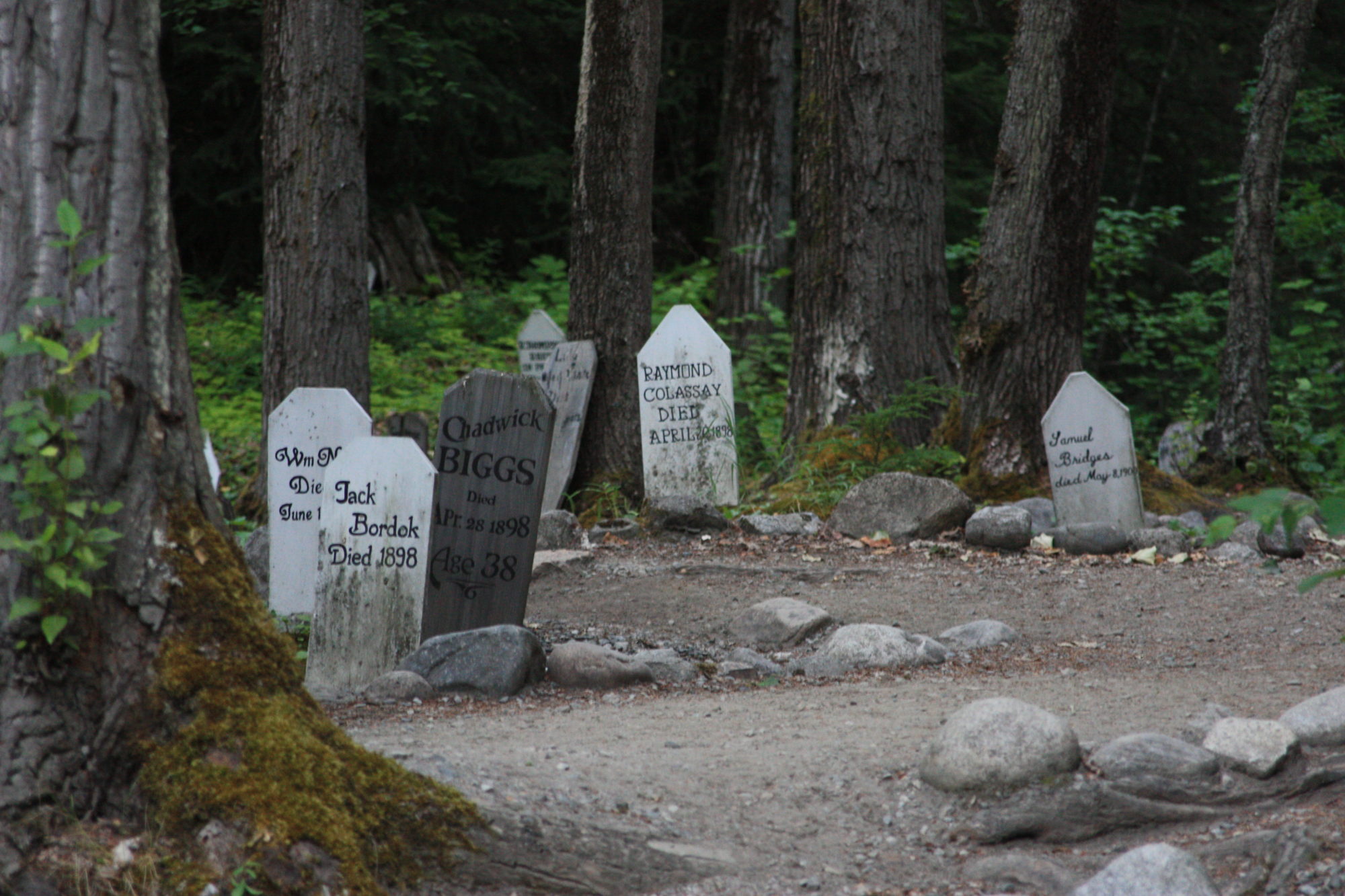Mr. Weimer was born in August 1853 in Ohio. He married Ella J. Tribby in 1879 in Trenton, Iowa and had a son named Howard L.
M.D. K. as he preferred to be called, and Ella were both teachers. In 1897 with so many other goldrushers, M.D.K. came to Alaska and settled in Eagle where he was the editor of the Eagle Reporter in 1898. He returned to Ohio by 1900 and then the family moved to Nebraska and then on to Los Angeles. Their son worked as a linotype printer in Alhambra and married there.
In 1903 he wrote a book called “The True Story of the Alaska Gold Fields” which can be found online for sale. He died on February 2, 1931 in Los Angeles.
In May 2009 ice and floodwaters swept away more than 100 years of history with the destruction of Eagle Village. The small log cabins that had once populated the long-established community known as Ninak’ay to the Han people lay strewn along the banks of the Yukon River. The homes, which had been handed down from one generation to the next, were demolished. But now, three years later, a new village stands three miles away on higher ground, safe from floods. Seen above was one of the destroyed cabins from the gold rush.
familysearch; Yukon the Last Frontier by Melody Webb p. 137; 1900-1940 censuses; Rootsweb database of Iowa cemeteries; Alaska Gold Rush History of Alaska Newspapers; Fairbanks Daily News.









